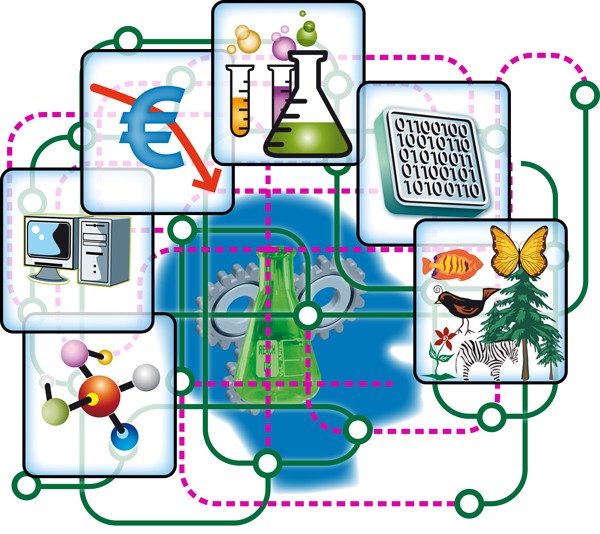Services with use of alternative methods (NTMs)

REACH UP can also provide toxicological and environmental fate assessment reports on molecules, precursors or residues by use of Non-Testing Methods (NTMs). The term NTMs includes multiple approaches that can be integrated and based on computational operations:
Our services with NTMs include the use of:
- Quantitative structure-activity relationships (QSARs): (Quantitative Structure-Activity Relationships) is a mathematical model that correlates a quantitative measure of a chemical structure and a physical property or a biological effect (eg toxicological properties). This relationship can be used to predict the behavior of other molecules as the molecular structure is responsible for the activity. Similar compounds have similar chemical / physical properties (Meyer, 1899).
- grouping and read-across (RA): The read-across allows to fill a data gap for a substance by using "surrogate" data of another with a similar structure. Grouping, on the other hand, is a wider approach than the read-across, but uses the same principle of similarity index. Global evaluations on a target substance can be provide by building a matrix of experimental data on families of substances with similar structures.
- weight of evidence (weo): This approach is based on expert judgement on the quality and reliability of information gathered from independent sources to reach a conclusion on a specific property or behavior for a target substance. Every collected information is "weighted" and appropriately used to support decision-making process.
All of these approaches, individually or integrated into expert systems, provide results shortly and at a reduced cost compared to the usual experimental strategies, and also significantly reduce the use of testing animals.
Nowadays, the in silico methods are widely used in many sectors, from research to industry. In the pharmaceutical area, they are used to evaluate the molecules on which focus most efforts; for cosmetics they play a key role in obtaining marketing authorization since European obligations forbid animal testing. Regulatory bodies use them to evaluate the safety of substances that are placed on the market and to prioritize molecules of high concern.
REACH Regulation states that NTMs can be used within, because before making an animal experiment the industry should verify if alternative methods exist. Authorities promotes officially alternative methods for regulatory purposes, as example ECHA advises the use of QSARs in the Pratical Guide n.5 and in the Chapter R.6 of the Guidance of information requirements and Chemical Safety assessment.
This expertise is available to issue specific customer requirements and our team work judgement will offer the best available solutions.